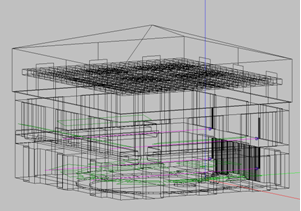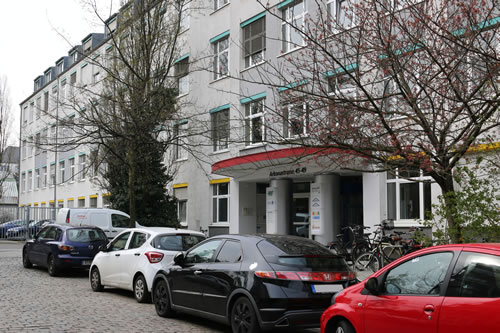Planning Process of Sound Reinforcement Systems
Particularly with the introduction of film soundtracks, it became essential to consider the locations of loudspeakers and their quality.
The listener in this case does not distinguish whether the hall itself has very poor room acoustics or it has a poor loudspeaker system. For him, it is perceived that the sound reproduction is bad and he/she judges the room as a whole as "acoustically deficient". Therefore, the planning of sound reinforcement systems has to focus on alleviating the acoustic deficiencies of rooms in a suitable manner by employing the selected sound reinforcement systems.
EASE and EARS:
These computer software packages were developed by a team of SDA Software Design Ahnert and, in addition to our many years of experience, represent our most important tool in the planning of sound reinforcement systems.
The planning is based on a 3-dimensional computer model of the room, which contains all room boundaries and internal surfaces with their acoustic properties.
Some models are made up of more than a thousand faces. Fundamental figures such as the reverberation time can be calculated using this model. Optionally, measured values in reality can also be used as parameters.


ADA has 30 years of sound system design experience. The specially developed CAD program EASE (Enhanced Simulator for Engineers), which has been already tested in many countries, helps with the following procedures:
- Layout of the audience areas, loudspeakers and seats in a hall.
- Arrangement of various sources (database of more than 1000 sources, with 5° and one-third-octave resolution, or in the modern GLL format)
- Calculation of clusters and line arrays using phase information of individual sources Rotation and tilting of the sources
- Examining coverage through the question: How does the source cover the intended audience area?
- Direct and total sound pressure level distributions
- Calculation of energy ratios and different clarity measures
- Determination of speech intelligibility STI
- Rendering the simulated results audible with the auralization module EARS
The results gained from EASE can be forwarded to other CAD programs via export routines for further visualization.





